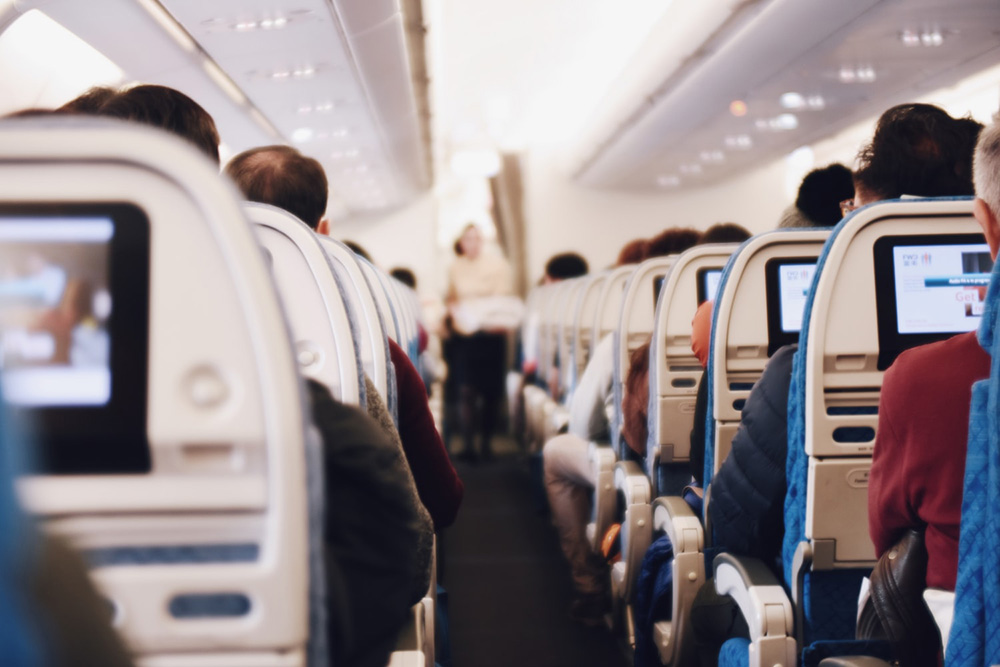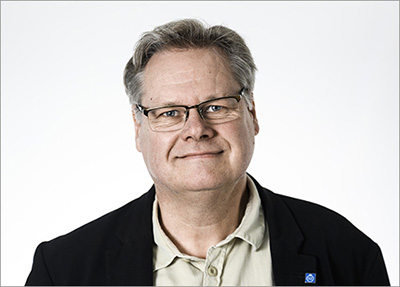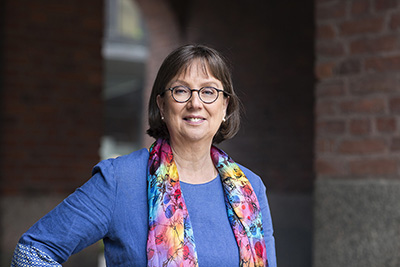The climate fund in practical

Cutting back on air travel and with it carbon dioxide emissions is an issue KTH is continuously addressing to help sustainable development and is one of KTH's general sustainability goals.
“Reducing our climate impact is key to this and something we must tackle even more vigorously as we are facing an urgent situation. We all have a responsibility on all levels,” says Sigbritt Karlsson, KTH President, as KTH climate kitties have now been turned into practice.
KTH decided to introduce climate funds last spring. For every flight that personnel and faculties at the five KTH schools have made over the last six months, money from performance-based funding in research and third cycle education grants, at each respective school, is paid into a fund.

“I can see two big advantages with this. Firstly that our air travel is put on the table and secondly that the funds can be used to stimulate alternatives,” says Göran Finnveden, Vice President, Sustainable Development.
The climate funds for the different schools also provide a pointer as to how much air travel each school has done.
The School of Architecture and the Built Environment has 303,000 in its fund and according to the business plan, this money is to be used for virtual meeting rooms and “ambassadors” in the local environment that can help in association with these types of meetings.
The School of Engineering Sciences in Chemistry, Biotechnology and Health has 340,000 in its fund to be used for a series of seminars at the School on the theme of sustainable development and start grants for teacher appointments.
The School of Electrical Engineering and Computer Science has accumulated 495,000 in its fund to be used in the first instance for research linked to the environment and sustainable development.
The School of Industrial Engineering and Management has 373,000 in its fund that is intended to be used for virtual meeting rooms and travel-free meetings.
The School of Engineering Sciences has 386,000 to be used in the first instance to subsidise rail travel and stimulate travel-free meetings.
“For KTH, it's about travelling smarter – not to stop flying. To reduce the number of journeys, combine air and rail travel, more travel-free meetings,” says Finnveden.
In addition to lower emissions – are there other benefits from travelling less?
“Yes. More extensive use of technology makes it easier to hold meetings and in time, this can make increased internationalisation easier,” says Finnveden who also mentions that less travel can also save time and money that can go towards other things and that it can also be viewed as an occupational health and safety issue for people who have to do a great deal of business travel.

KTH air travel generates around 1.3 tonnes of carbon dioxide emissions per person and year. The goal has been to reduce emissions from air travel by 20 percent between 2015 and 2020, which means eliminating around one in ten flights in the case of KTH. The figures for the year 2019 have yet to be finalised, but the 2018 figures show that emissions per person increased instead.
“We need to analyse this and see what can explain it. No matter what we discover, we need to work even harder starting from now to reduce our own emissions, where a climate fund is one of several steps,” says Karlsson.
How the climate funds have been used will be analysed in dialogue with each respective school in autumn 2020.
Words: Jill Klackenberg